
Container shipping turned upside down by Red Sea crisis

There is no let-up in sight to a Red Sea crisis that has far-reaching impacts across global supply chains.
Ongoing attacks by Houthi militias on vessels in and around the Bab al-Mandab Strait have now prompted all major container lines to route vessels around the Cape of Good Hope to avoid transiting the much quicker Suez Canal route to Europe and the United States (U.S.) East Coast.
The diversions have reverberated across the shipping trades, creating network and container positioning difficulties for lines, and driving up costs for their customers.
Cape diversions have also swallowed the excess vessel capacity that carriers feared would bedevil bottom lines during 2024.
“The Red Sea diversions have absorbed all of the excess capacity in the market, with the supply of vessel space and box equipment expected to remain tight in the next two months,” reported Linerlytica.
DHL’s February Ocean Freight Market Update noted that diversions have led to vessel capacity distribution from other trades and the late arrival of ships due back in Asia before Lunar New Year, resulting in prevailing equipment issues in Asia.
“Shippers have had to account for up to 40 extra days for vessels to travel to their destination ports, and back to Asia,” said Niki Frank, CEO, DHL Global Forwarding Asia Pacific. “As a result, we’re seeing shortages of empty containers, particularly during the Lunar New Year, with many containers stuck in the wrong geographical locations.”
Fortunately, carriers had a short respite as there were few signs pointing to the return of a traditional Lunar New Year rush in January. Coupled with the fact that shippers were and are not currently looking to buy more cargo, this has brought some relief to carriers amid the shortage.
“It is likely that once carriers adapt to the rerouting of cargo, and they’ve cleared their backlogged inventory, the situation will most likely normalize,” added Frank.
The cost of Suez diversions
The impact on freight rates has also been significant. Although rates on many lanes subsided in the first two weeks of February at the start of the Lunar New Year Holidays, Drewry reported on 8 February that Shanghai-Rotterdam rates were 158 percent higher than a year earlier. Shanghai-Genoa (97 percent), Shanghai-Los Angeles (133 percent), and Shanghai-New York (101 percent) also saw significant gains over the same time frame.
“Although the market will soften in the next three weeks with extended holidays in the main Far East origins, the Asia-Europe, Asia-U.S. East Coast and intra-Europe routes remain short of tonnage, and charter rates have firmed as a result,” noted Linerlytica.
Apart from higher costs, shippers have also had to adjust to the longer transit times.
S&P Global warned that consumer goods including toys, household appliances, and apparel, will face the largest impact due to the Cape diversions. “Within materials and components, a significant proportion of chemicals, flat-rolled steel, and automotive wires and batteries are shipped via the route,” the analyst added.
On the upside, container hub ports seem to be coping with the arrival of off-schedule vessels, certainly in comparison to the severe port and landside congestion that resulted from Ever Given blocking the Suez Canal in March 2021.
As The Loadstar reports, the big difference is that, three years ago, container terminals were already working at well above optimum utilization levels due to the high Covid consumer demand levels. Currently, many hub ports are underutilized.
Frank also noted that container shipping supply chains were being adapted as quickly as possible, not least by drawing on pandemic experience.
“Shippers are now well-versed in maintaining tight communication with their partners and dealing with what we used to call black swan events,” he added. “We are helping customers adjust inventories and manage longer transits and, where required, provide air, rail, and sea-air options as needed.”
Sucking up capacity
The extent that Cape diversions have sucked in global capacity was laid bare in early February by Linerlytica. The analyst found that total containership capacity deployed on Asia to Europe routes had reached a record high of 6.44M Twenty-foot Equivalent Units (TEU), up 23.3 percent compared to a year earlier, with over 700,000 TEU of additional capacity added to the trade in the previous two months alone as carriers started to divert around the Cape.
“55 percent of the additional capacity has been absorbed in the Far East - Mediterranean trades where transit times have increased by 10 days to the West Mediterranean and 18 days to the East Mediterranean, while transit times to North Europe have increased by seven days on average,” noted the analyst.
“Apart from the direct impact on the Asia-Europe route, the Red Sea crisis has also created additional demand for intra-Europe capacity, which has increased by 24.8 percent year-on-year, with the largest increases seen on the intra-Mediterranean and North Europe-Mediterranean routes.”
U.S. traffic tilted on axis
The impact on the Asia-North America trade has also been far-reaching. With water levels on the Panama Canal low, U.S. shippers had sought to bring more East Coast cargo in via Suez Canal routings. With that option now ruled out, they are instead pushing more cargo via West Coast terminals, a trend exacerbated by the fear of union action at East Coast terminals later this year, as reported on The Freight Buyers’ Club podcast.
Levi Strauss & Co said in an earnings call earlier this year that it had already shifted some product to go through the West Coast instead of the East Coast. And clearly, it is not alone. According to S&P Global Market Intelligence data, the share of U.S. seaborne imports of apparel shipped from Asia to U.S. West Coast ports rose to 59.1 percent in December 2023, up from 56.7 percent in December 2022.
In the first 25 days of January, the ratio increased to 64.8 percent, the highest since October 2022.
What happens next?
More disruptions to service reliability will continue until Suez Canal transits are resumed. Still, lessons learned from the pandemic have been helpful for shippers trying to manage this latest shock to ocean supply chains.
In the early pandemic phase, many retailers and manufacturers underestimated the pressure on capacity due to service disruptions. According to Lars Jensen, Founder of CEO of Vespucci Maritime, this subsequently became an even larger problem as capacity shortages worsened and rates continued to increase even further.
“This time around, it might be a little different. We have already hit the peak of disruptive impact. Vessels that needed extra-long detours to go around Africa have now completed those journeys. The empty container shortfall that could be expected in China likely reached an apex in terms of magnitude already in mid-January. As such, the momentum for rates to spike even further on account of fear of worse to come has waned,” said Jensen.
Global schedule reliability dropped to 57 percent in December, according to Sea-Intelligence. That number could fall further when the January data is available, but after that, Jensen expects more stability as shippers adjust and round-Africa services are bedded in.
“Transit times are obviously longer, but reliability will improve,” he concluded.
MORE FROM THIS COLLECTION
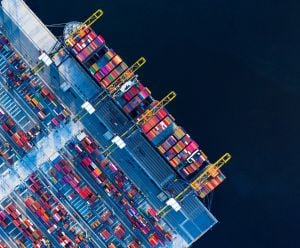
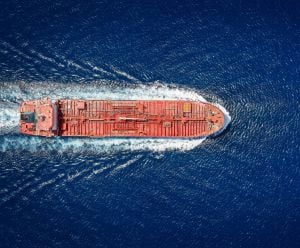
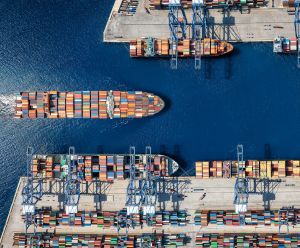
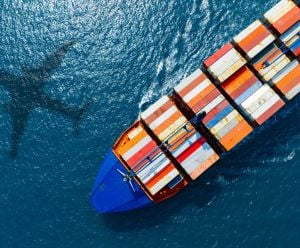
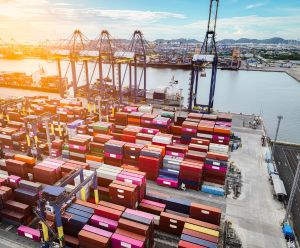








 English
English